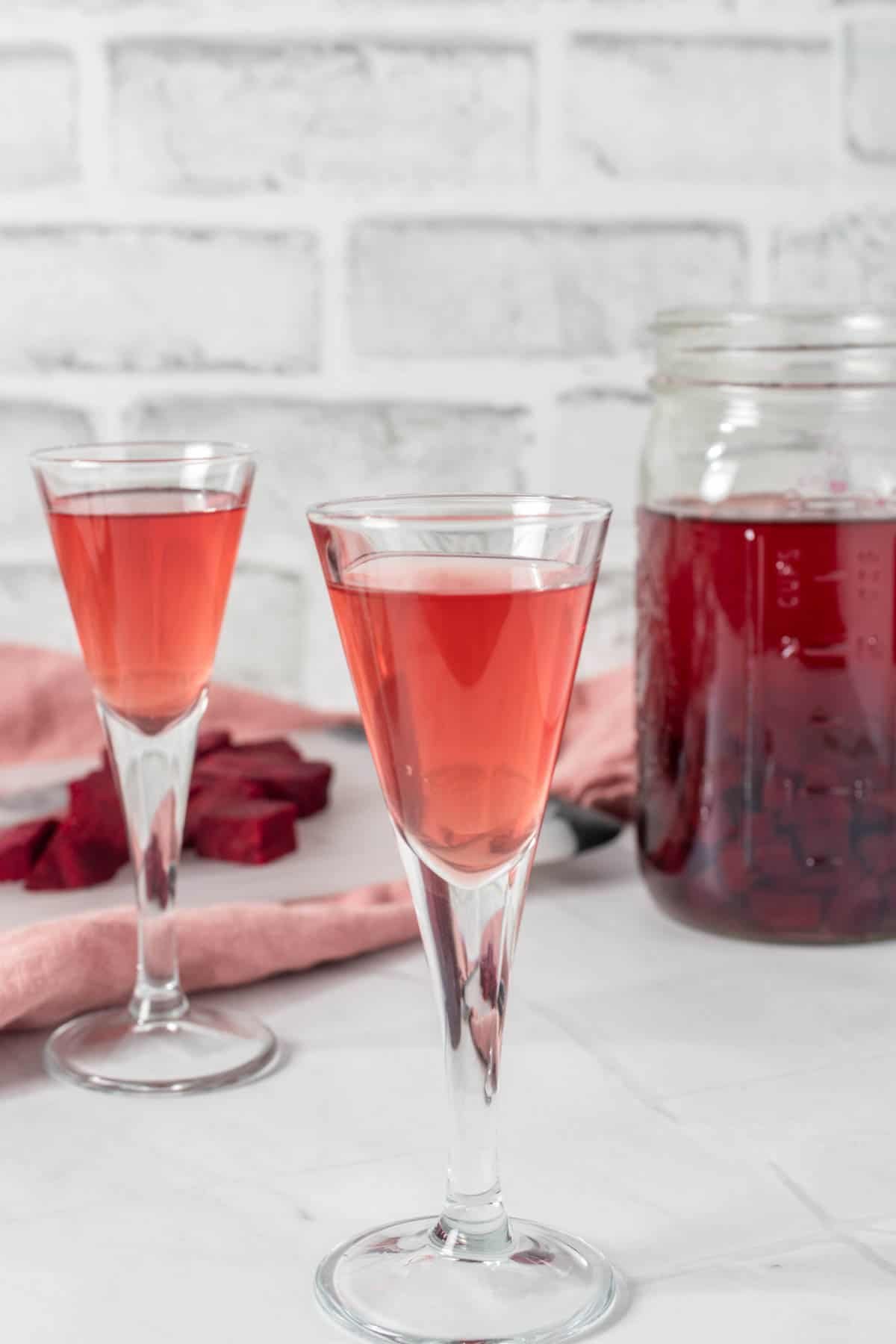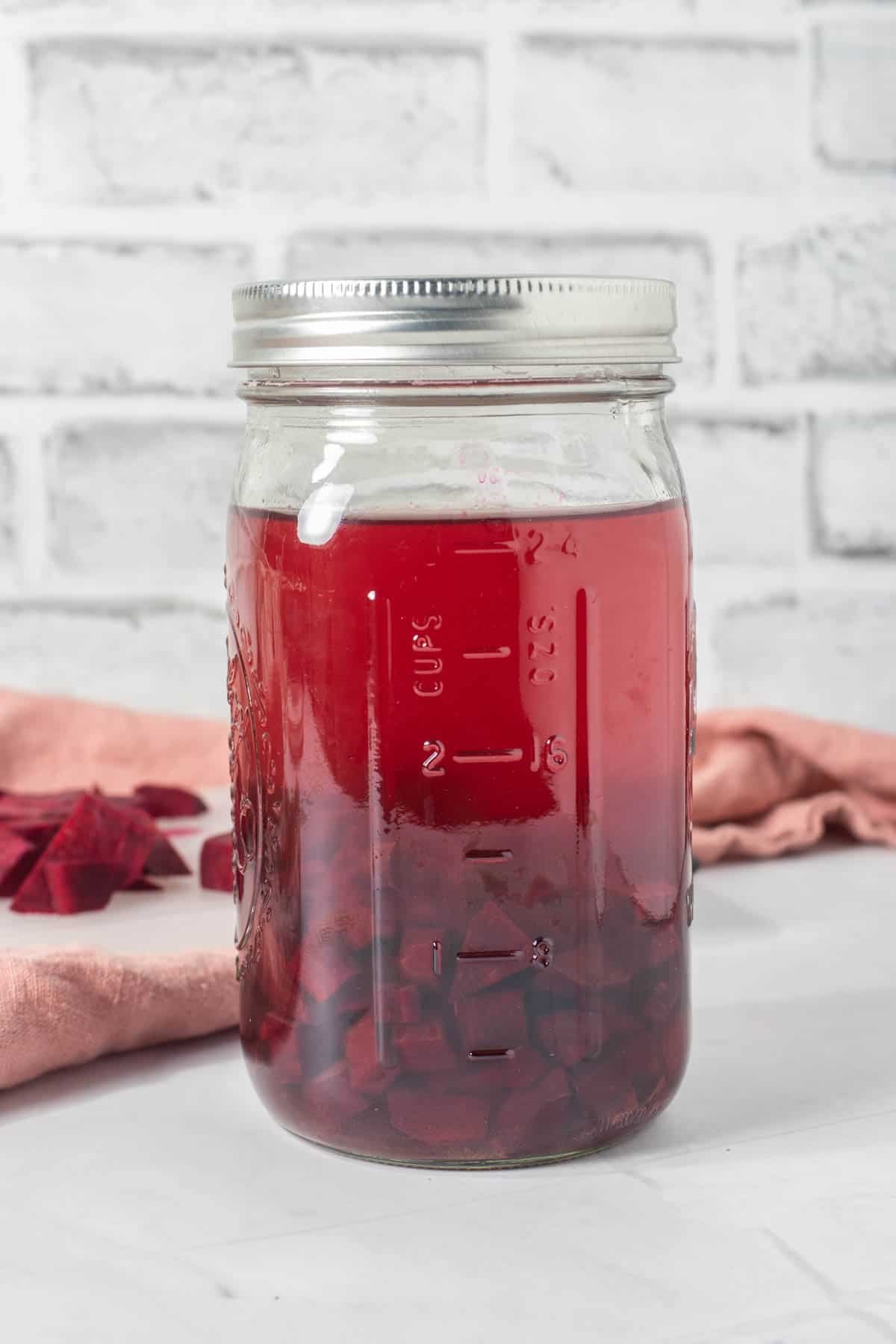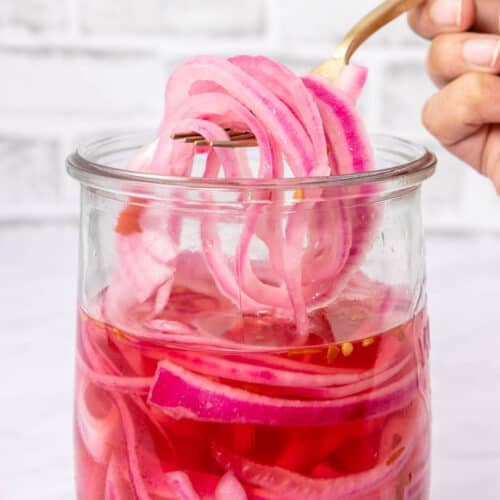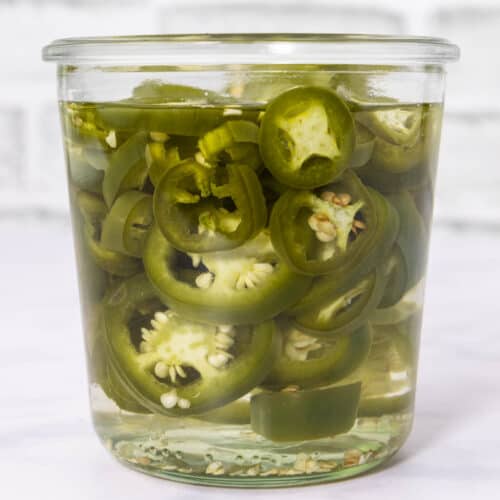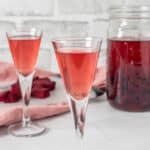This post contains helpful tips and tricks! If you’re in a rush, please use the “Jump to Recipe” above!
🥃 What is Beet Kvass?
Beet kvass is an Eastern European probiotic drink with fermented beets. It’s sweet, salty and tastes like beet juice / kombucha! As the beet kvass ferments, it obtains a vibrant pink-red color thanks to the pigments released by the beets. The same fermentation process is also responsible for converting this into a probiotic tonic.
💭 Why you’ll love this recipe
Great for digestion. Beet kvass promotes intestinal health. Some folks drink it as a tonic or you can cook with it like vinegar. Simple recipe, 10 minutes of active prep time. This is a great recipe for folks who like salty-sour things like pickle juice or sauerkraut liquid. Use up a ton of beets. If you’re bored of roasting beets (like this roasted beet salad) this is a great way to use up your beet harvest this year.
📋 Ingredients and notes
You’ll need just three ingredients for this recipe: beets, filtered water, and sea salt (not table salt!) You can also add lemon or ginger to change up the flavor of the kvass if you like.
Notes and Variations
Use sea salt (or kosher salt). You’ll need to use salt that is free of iodine and/or anti-caking agents - these typically work against fermentation. Today, I’ve used Himalayan pink salt (also an unrefined type of salt). Bacterial cultures to speed up the process. If you have pickle juice (from live cultures found in a refrigerated section of your grocery store) you can also add those to speed up the process. Use non-chlorinated water. Chlorinated water inhibits fermentation, so use distilled or filtered water to make sure the recipe works!Spices and flavors. I love adding ginger and lemon to my beet kvass since they add a nice citrusy-burst to the earthy flavors. You can also add garlic, rosemary and other pickling herbs (e.g., dill)
📖 Step-by-step instructions
Beet kvass is quite simple to make, so I’ve described the key “active” steps below. Much of it is just waiting for the fermentation fairies to do their job after!
Peel and dice four organic beets (I prefer buying these organic). Then, place them in a sterile half gallon jar. Roughly 24 oz of beets. Boil 6 cups of filtered water with 1.5 tablespoons of sea salt or in my case, Himalayan pink salt and then allow it to completely cool down. Pour into jar, leaving an inch of headroom (allows fermentation gases to accumulate, or else the pressure will pop the lid off once you let it cool!)Cover with a lid but don’t screw it on too tight. Place in a tray of sorts to collect drips and place in a cool dark place. After 5 to 7 days, you should see some slight bubbling. Once you see bubbling, tighten the lid. Then, open and close the lid once or twice a day for about 3 to 4 days. This lets the trapped gases escape. Strain the liquid after that, or leave the beets in and then pop them in the fridge to consume over the next week or two.
White foam at the top is typically pretty harmless, so you can just skim it right off when you see it (but if you see blue moldy substances, you’ll need to discard your kvass and start again).
If you plan to make more kvass, remember to save a bit of the brine in the jar with the beets. This can be used as a culture for the next batch.
🍴 Serving and storage suggestions
I like to let my kvass ferment for 7 to 10 days before drinking but you could drink it straight away. I like to add a shot glass worth of it to my morning or nightly routine. You can also dilute it and drink it as a tonic but drinking too much might cause bloating and nausea, so start small! Beet kvass can be stored in the fridge for up to 2 weeks after you’re done fermenting it. It does tend to get stronger the longer it sits in the fridge (though fermentation slows down considerably due to the temperature). If you like this recipe, check out these other fun recipes: If you tried this recipe, don’t forget to comment and rate! ⭐⭐⭐⭐⭐
📖 Recipe
